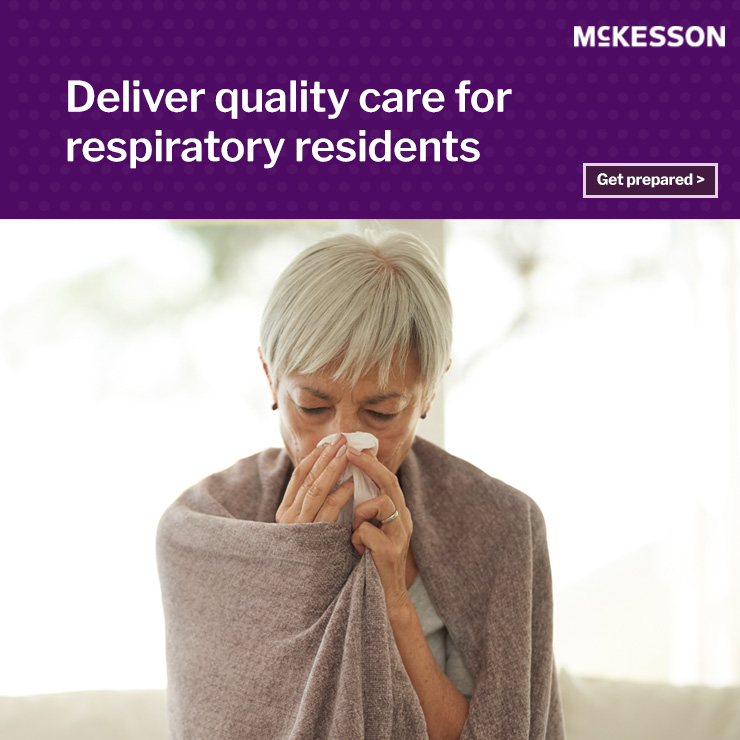
To deliver the best in care this respiratory season, you need the right resources and strategies in place. Here are five key pillars to formulating a successful respiratory program strategy in your facility:
1. Enable accurate and rapid diagnosis through appropriate testing modalities
Do your non-cute facilities have what they need to differentiate COVID-19 from other common respiratory conditions? Learn how to leverage your relationships with distributors and manufacturers to provide guidance to post-acute care sites on selecting testing methodologies that best meet the needs of their clinicians and patient populations.
2. Help fight infection spread through supply standardization
As evident by personal protective equipment (PPE) and disinfectant shortages we experienced at times across the U.S., supplies are a critical component of infection prevention regardless of the care setting. By collaborating with infection preventionists, supply chain professionals can work to standardize supplies across the care continuum and match supply ordering to disease trajectories to keep non-acute sites stocked with what they need.
3. Keep a pulse on the marketplace to support infection control protocols
Stringent sanitation and disinfection protocols are necessary to prevent respiratory illnesses spread in long-term care facilities where vulnerable patients are housed in close quarters. Supply chain and infection preventionists can work together to select supplies that not only support these protocols but also help enhance staff compliance. Working with their medical supply distributor, supply chain professionals can identify alternative items for evaluation, including new products that have come to market during the pandemic.
4. Boost immunization rates through strategic vaccination ordering and supply management
Supply chain professionals can work with their medical supply distributor and non-acute care leaders on a vaccination ordering and inventory management strategy tailored to each site and resident population. Leveraging a just-in-time (JIT) delivery model, non-acute sites can get only what they need, when they need it. The supply chain can connect facility administrators to GPO contract pricing, return policies, and vaccine storage protocols.
5. Support safe and effective continuity of care for COVID-19 patients
Supply chain professionals can help non-acute sites establish formularies to ensure they have what they need in terms of equipment and supplies to support continuity of care. They can also offer guidance on proven ordering and inventory management strategies to support increased efficiency and lower costs.
To learn more about McKesson's full respiratory program, please visit mms.mckesson.com/respiratory.